Reviving precious genetic resources from difficult memories
In a small house in the middle of a hill in Phu Binh commune ( Thai Nguyen ), a plate of freshly boiled, hot, and fragrant cassava makes anyone who tries it exclaim in admiration. Each piece of fresh, golden, sticky cassava, the flavor that Mr. Ngo Quang Nang still remembers clearly from the time of poverty in the 1990s, has now been restored and become a stable crop right behind his house.

Mr. Ngo Quang Nang, Phu Binh commune, Thai Nguyen province grows cassava on the hillside behind his house.
The Phu Tho yellow cassava variety was restored by the research team of the Center for Research and Development of Root Crops (Institute of Food Crops and Food Plants) from precious native genetic resources. Unlike the previous white cassava variety, yellow cassava has a sweet, chewy, aromatic taste, firm flesh and is especially rich in beta-carotene, a precursor of vitamin A that is beneficial for vision and the immune system. The average beta-carotene content reaches 9.36 µg/g of fresh root, combined with an amylose content of about 16.12%, making it a delicious and nutritious food.
After many years of crossbreeding and degeneration among the people, this cassava variety seemed to have disappeared. But from the initial hints of a type of "artificial cassava" that was once commonly grown in Tam Nong (Phu Tho), the research team has been diligently searching, collecting, and screening each line. From 2020 to now, more than 28 lines have been selected thanks to their good growth characteristics, compact stems, even tubers, and deep yellow flesh.
The research team said that the experimental fields were gradually expanded: from 0.2 hectares in 2022 to 2.5 hectares in 2024 and an additional 1.7 hectares in 2025. The yield reached 16.2-20 tons/ha, with some places in Thai Nguyen reaching 24.2 tons/ha - an increase of up to 60% compared to the old variety.
Closely connected to people's lives and livelihoods
Yellow cassava not only brings nutritional value but also opens up a way to significantly increase income for growers. Mr. Ngo Quang Nang calculated: the cost for one sao is less than 1 million VND, but the selling price of fresh cassava fluctuates between 12,000-18,000 VND/kg. Many households can earn 5 million VND/sao, a level of income that is difficult to achieve when growing rice. "From one cassava crop, my family earns hundreds of millions. We have something to eat and something to sell," he said.

Mr. Nang's family economy is more stable from growing Phu Tho yellow cassava.
On nutrient-poor hilly lands, yellow-fleshed cassava proves to be suitable: requires little care, is drought-resistant, and has few pests after being selected. In particular, its HCN content is much lower than that of industrial cassava varieties, allowing it to be eaten fresh without having to soak to remove toxins.
Not only does it have economic value, this cassava variety also evokes the image of a time when rice mixed with cassava of the midland people, making many people attached to it because of its unique flavor that has become a memory. Now, that flavor has become a new value, helping people have more choices of crops in the context of climate change.
The remaining challenge is to organize production in a chain, linked to processing and markets. The research team has raised the issue of producing cassava vermicelli or processing specialty products to increase value. With its nutritional advantages and unique flavor, yellow cassava has the potential to become a typical commodity of Phu Tho, Thai Nguyen and the northern midland and mountainous provinces.
From the laboratory to the hills, from memories of poverty to sustainable livelihoods, cassava is proving that indigenous genetic resources, if properly preserved and promoted, can become a driving force for economic development for people in barren hills.
Source: https://mst.gov.vn/san-ruot-vang-tro-lai-thap-sinh-ke-moi-tren-nhung-trien-doi-can-197251120005816752.htm














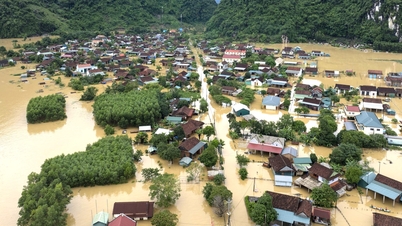








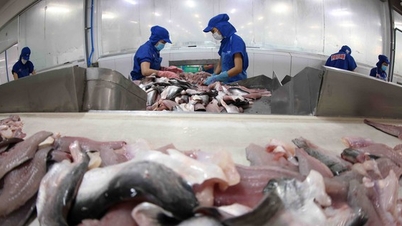









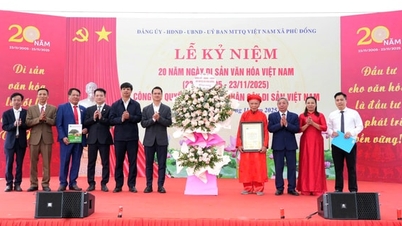






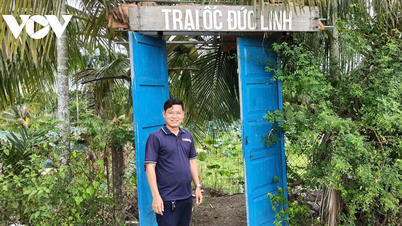

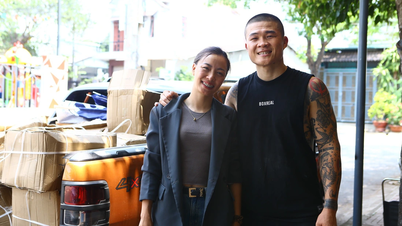

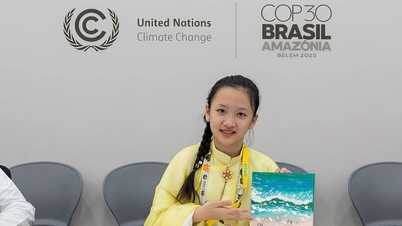





















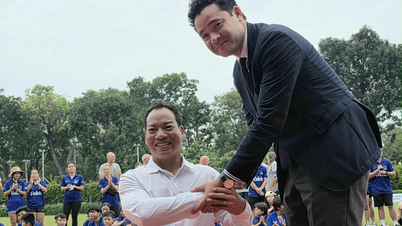


















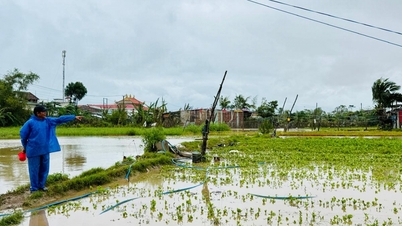












Comment (0)